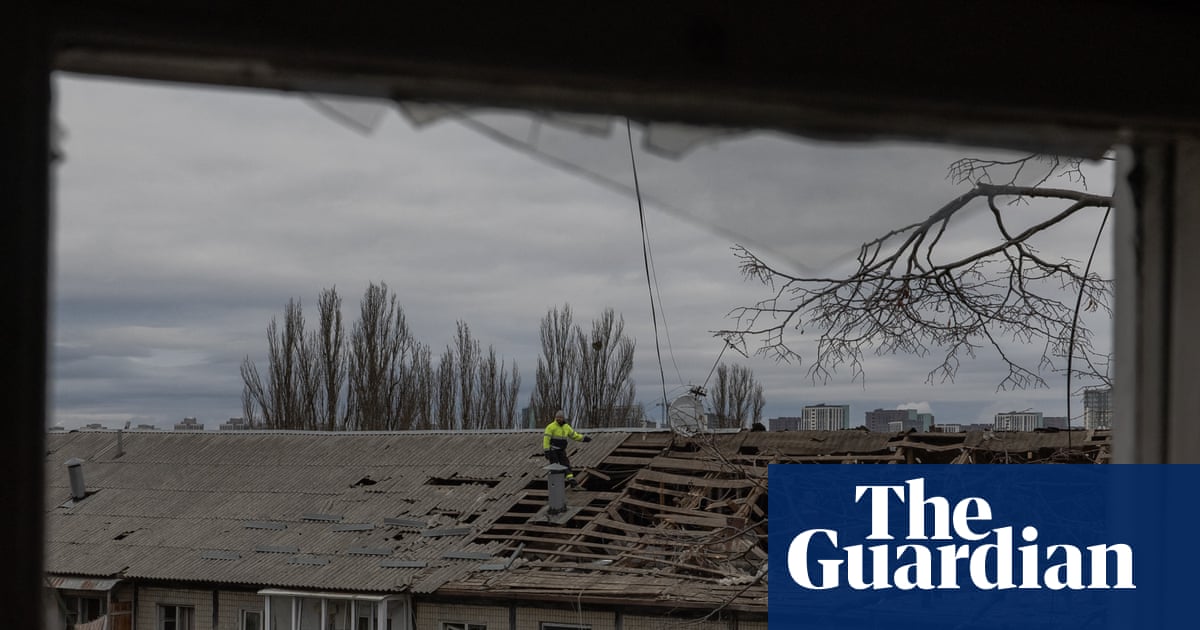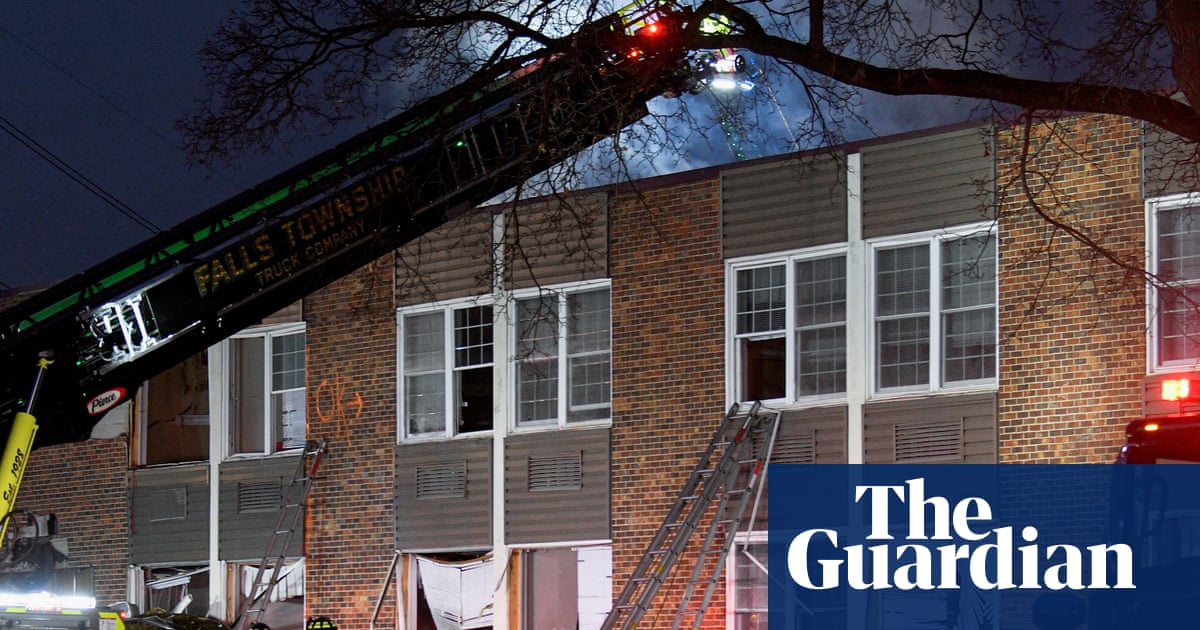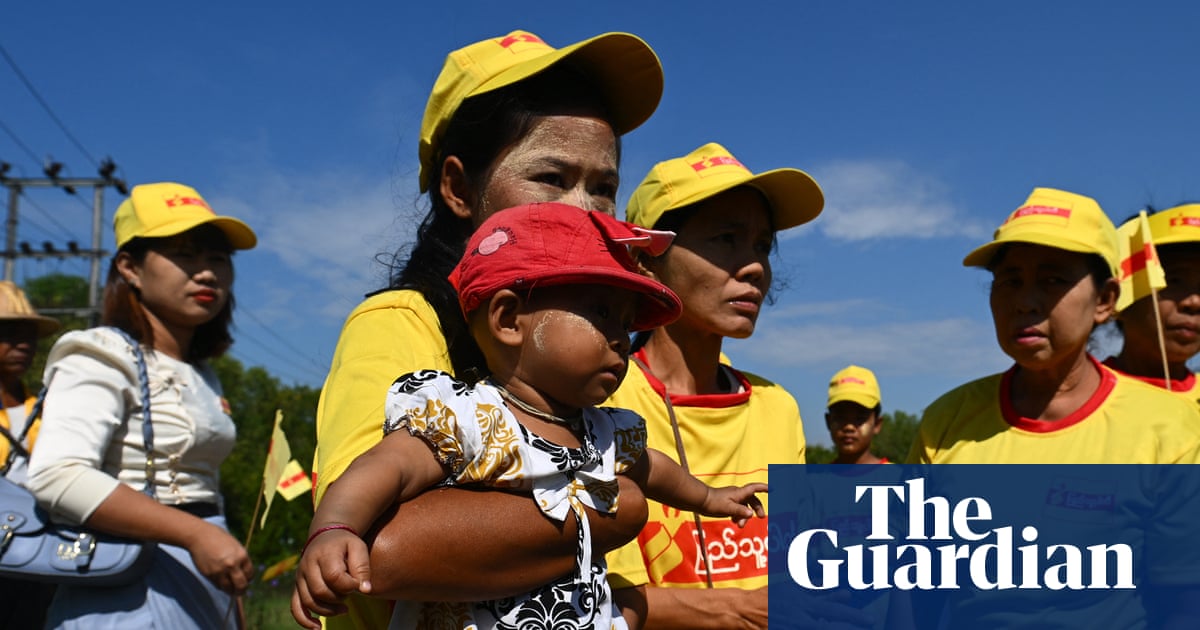In north-east Ukraine, less than 50km from the Russian border, lies the city of Shostka. In the first months of the full-scale invasion it was blockaded, and ever since has faced constant shelling and drone strikes from the Russian army.
But if and when the attacks stop, there will be an invisible danger that will linger for much longer: unexploded devices. Ukraine is now one of the most heavily mined countries in the world, with about a quarter of its territory – an area larger than England – contaminated with explosives.
Even before Russia began increasing the scale of its bombardments this summer, Shostka and the wider Sumy region had been accumulating large numbers of unexploded mines and other ordnance. In Sumy that means roads villagers once trusted can no longer be used, parks and forests have become fraught with danger, and fields that once fed communities must be abandoned.
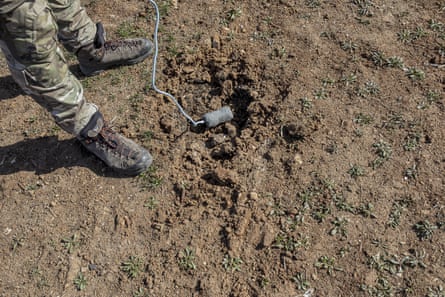
“A few days ago, there were 40 Shahed drones over us. They can drop mines now, so even if nothing explodes right away, there’s always a chance something will go off later,” says Shostka resident and explosives specialist Yelyzaveta Kyseliova, 21.
Which countries have the most landmines?
Show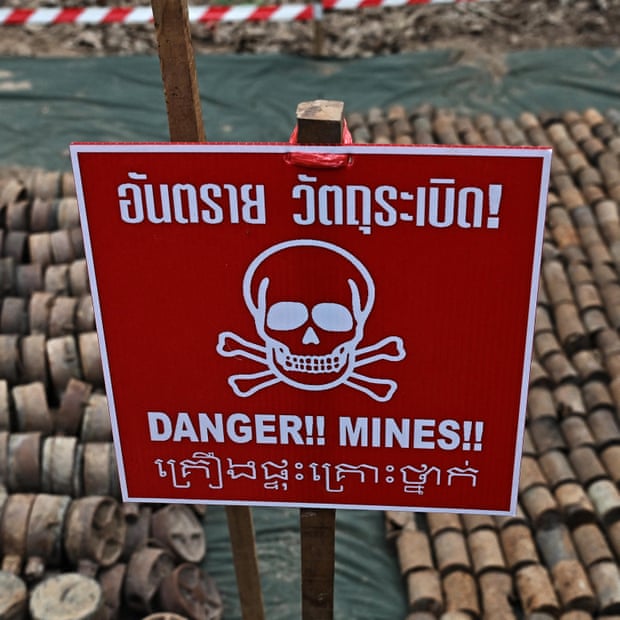
Which countries have the most landmines?
Russia Has the world's largest stockpile of landmines (26.5m) and has used them extensively in Ukraine since the start of the full-scale invasion in 2022, including dropping them from drones.
Ukraine The most mine-contaminated country in the world, according to the UN, with about 23% of its territory requiring survey for explosive hazards.
Myanmar The country had the world’s largest documented number of casualties from landmines (1,003) in 2023.
Syria Hundreds of civilians have been killed by landmines as they returned home after the fall of the Assad regime last year.
Iraq Large tracts of land were contaminated by mines during the 1980–88 Iran war, the 1991 Gulf war and the 2003 invasion by the US-led coalition.
Egypt The country is still heavily contaminated by landmines from the second world war and the wars with Israel in 1956, 1967 and 1973.
Laos More than 270m cluster bombs were dropped on Laos during the Vietnam war, with about 80m still unexploded, contaminating 30% of Laos. About 20,000 people – 40% of them children – have been killed or injured by cluster bombs .
Bosnia and Herzegovina, Cambodia, Vietnam, Columbia, Lebanon and Libya Large areas of these countries remain heavily contaminated with landmines and explosive munitions.
Source: the-monitor.org/country-profiles
Photograph: Lillian Suwanrumpha/AFP
“People usually call the Ukrainian military when they see something suspicious, but mines are everywhere now, dropped from drones, scattered by rockets. Two weeks ago, a family was killed on a road they’d driven for years. It wasn’t a hidden track. That mine was put there recently, probably by a drone,” she says.
Local activists say incidents involving mines happen so frequently that some residents don’t even bother reporting them.
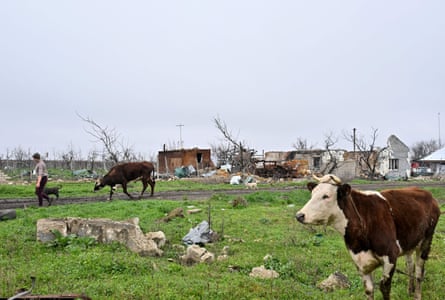
In the south of Ukraine, in another heavily bombed frontline city, Kherson, Liudmyla Kryvorotko lives with the loss of two of her children to unexploded ordnance.
In the winter of 2022, Kryvorotko and her four children left their town, recently liberated but still under Russian fire, to seek refuge with relatives. What they didn’t know was that on their way out, the retreating Russian army had used mines and explosives to turn the civilian roads into death traps. Kryvorotko’s car detonated one such landmine.
“Two of my children – my 19-year-old son and my 22-year-old daughter – died on the spot. I lost consciousness and my youngest daughter was severely injured. My 14-year-old son, Mykhailo, sustained a concussion, but he dragged us out of the vehicle,” she says. They managed to walk to the nearest village before being rescued by Ukrainian soldiers.
Kryvorotko had a punctured lung and broken ribs, and her youngest daughter was lucky to survive, with injuries to her face and chest. Two years on, she says, their bodies are still covered in scars. “We have nowhere to go that is safe, every place has been infected with the war.”
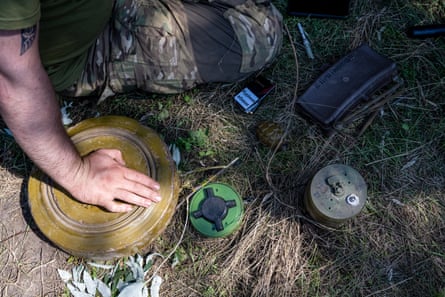
Traditionally, mines consist of an explosive charge that is triggered by the victim; they are rigged to detonate when they are stepped on or when a trip wire is pulled, or even just when they are touched or moved. They come in all shapes and sizes depending on what they intend to target. Soviet forces used small butterfly-shaped explosives in Afghanistan that continue to maim children who pick them out of curiosity. These have also been found in Ukraine in previously occupied territories.
Since the start of the full-scale invasion, just under 1,000 people have been injured and 359 killed by mines and explosive remnants of war, including at least 18 children, according to data shared by the state emergency service of Ukraine.
UN mining expert Paul Heslop says there are already more than 1m mines scattered across Ukraine, and that Russian forces “widely booby trapped” parts of the country as they retreated. This includes bigger pressure-plate landmines (often called anti-tank or anti-vehicle mines) that contain a lot more explosive (5-10kg) and are triggered by heavier vehicles such as cars, tanks or military trucks.

“There is also an awful lot of unexploded shells, rockets, grenades, mortars from the fighting, particularly in the buffer zone where artillery’s got roughly a 20-mile range,” says Heslop. “While clearing the areas, we are looking at a level of complexity, of scale, that we just haven’t seen before.”
Ukraine has joined Poland, Finland, Estonia, Latvia and Lithuania in recently announcing its withdrawal from the Ottawa Convention, which regulates and restricts the use of most types of landmines. They cite threats from Russia, which they share a border with, as a reason for their decision.
In the case of Ukraine, however, the concerns are manifold, since the government’s demining operations continue even as it considers using mines to deter Russian advances.
“In the context of an asymmetric threat, Ukraine is forced to ensure an adequate level of defence capability,” says Andrii Danyk, who is in charge of Ukraine’s demining efforts. Nonetheless, he says, “humanitarian demining remains one of the priorities of state policy”.
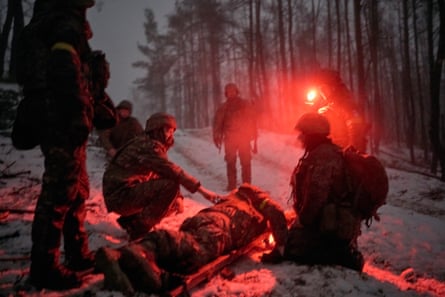
Back in Sumy, Kyseliova is working with the Ukrainian Red Cross to allay the fears of local residents in and around Shostka trying to rebuild their lives. “We do a lot of educational activities. We tell people what to do and what not to do if they come across mines. We try to show how to be safer.”
But even in places where information sessions are run, changing behaviour is difficult, says Kyseliova. “People get used to the war. As long as they don’t get killed, they think it’s fine.” Children and teenagers are particularly at risk. “Kids just grab things. And teens, they want to try risky stuff.”

 3 months ago
66
3 months ago
66



